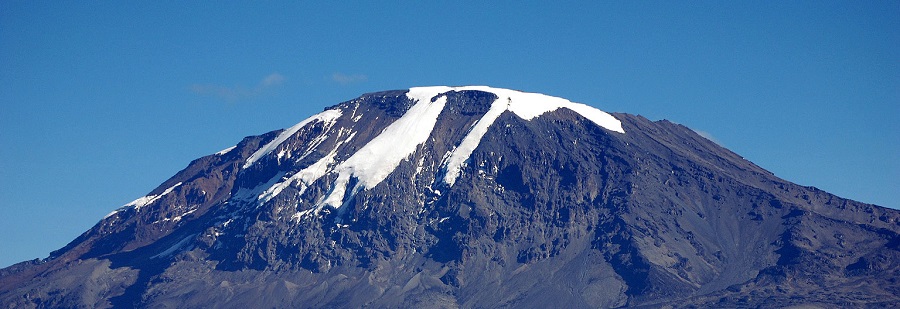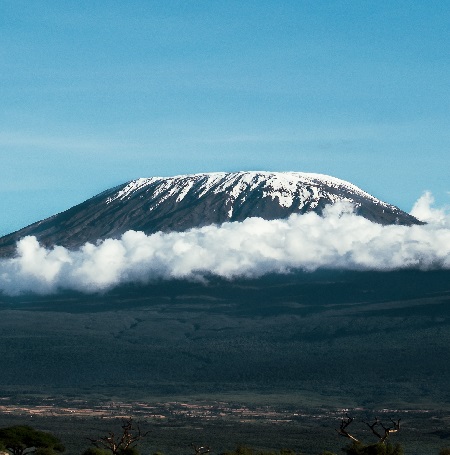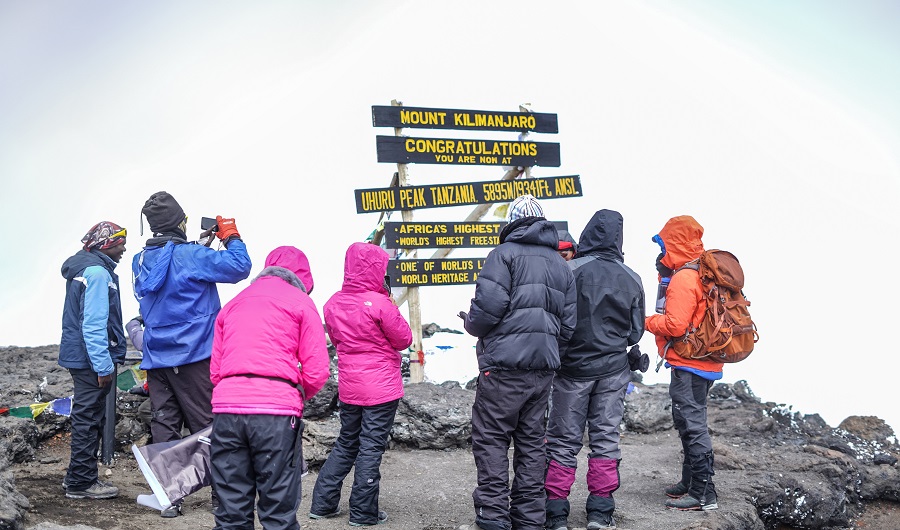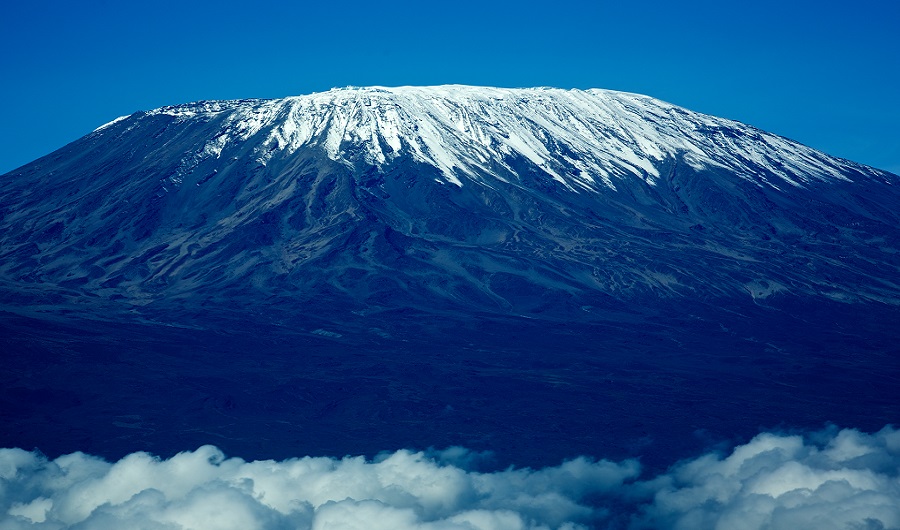




Kilimanjaro and K2 are distinct mountains, each offering unique and separate mountaineering experiences. Kilimanjaro is located in Tanzania, Africa, and is the highest mountain on the continent. It is a non-technical climb, attracting trekkers to reach its summit at 5,895 meters (19,341 feet) above sea level. K2, on the other hand, is situated on the border between Pakistan and China in the Karakoram Range of the Himalayas. It is the second-highest mountain globally, reaching a height of 8,611 meters (28,251 feet) above sea level. Climbing K2 is considered one of the most challenging and dangerous mountaineering expeditions in the world.
The best and easiest way to book Kilimanjaro climbing tour trips on the best routes is to contact us via email at sales@africanaturaltours.com or WhatsApp at +255 764 415 889.

K2, also known as Mount Godwin-Austen or Chhogori, is the second-highest mountain in the world and is located on the border between Pakistan and China. Rising majestically in the Karakoram Range of the Himalayas, K2's peak stands at a towering 8,611 meters (28,251 feet) above sea level. Its formidable height and challenging terrain have earned it the nickname "Savage Mountain."
Climbing K2 is a true test of mountaineering skills and endurance. It is widely regarded as one of the most difficult and dangerous peaks to conquer. The route to the summit involves technical climbing, ice and rock climbing, and treacherous passages through icefalls and seracs. The extreme altitude and unpredictable weather add to the perilous nature of the ascent.
The remote location of K2 makes it a logistical challenge for mountaineers. The approach to the mountain requires several days of trekking through challenging terrain and harsh weather conditions. Due to its remoteness, rescue missions in cases of emergencies can be extremely difficult and slow.
K2's climbing season is limited to a few months in the summer when weather conditions are relatively more stable, but even during this time, the mountain is known for its unpredictable storms and avalanches. The fatality rate on K2 is significantly higher than on Mount Everest, making it a highly respected and feared peak in the mountaineering community.

Mount Kilimanjaro located in Tanzania Africa, is the highest mountain on the continent and the tallest free-standing mountain in the world. Rising to an impressive height of 5,895 meters (19,341 feet) above sea level, Kilimanjaro offers a non-technical climb, making it accessible to trekkers and climbers with varying degrees of experience.
Unlike K2, Kilimanjaro's ascent does not require specialized mountaineering skills or equipment. However, it is essential for climbers to be physically fit and well-prepared for the high-altitude trek. There are several routes to the summit, each with varying levels of difficulty and offering unique landscapes, including rainforests, alpine deserts, and glaciers.
One of Kilimanjaro's distinct features is its climatic diversity. Climbers experience multiple climate zones during the ascent, from tropical rainforests at the base to arctic conditions near the summit. Proper acclimatization is crucial to increasing the chances of reaching the peak successfully.
Kilimanjaro's popularity among trekkers and adventure enthusiasts has grown over the years due to its relatively accessible nature. While still a challenging endeavor, reaching the "Roof of Africa" offers a sense of accomplishment and breathtaking panoramic views of the surrounding plains.

1. Location
K2, also known as Mount Godwin-Austen or Chhogori, is the second-highest mountain in the world, located on the border between Pakistan and China in the Karakoram Range of the Himalayas. Kilimanjaro is located in Tanzania, Africa. It is the highest mountain on the African continent and the tallest free-standing mountain in the world.
2. Height
K2 stands at an elevation of 8,611 meters (28,251 feet) above sea level. Kilimanjaro's summit, Uhuru Peak, reaches 5,895 meters (19,341 feet) above sea level.
3. Difficulty
K2 is considered one of the most challenging and dangerous mountains to climb. It has a significantly higher fatality rate than Mount Everest, mainly due to its technical difficulties, unpredictable weather, and remote location. Kilimanjaro is a non-technical climb, meaning it does not require specialized mountaineering skills or equipment. However, it is a high-altitude trek and still demands physical fitness and proper acclimatization.
4. Trekking vs Mountaineering
Climbing Kilimanjaro is more of a challenging trekking expedition, and several routes are available, each offering unique landscapes and experiences. Climbing K2 is a full-scale mountaineering expedition that involves technical climbing, ice and rock climbing, and significant logistical challenges.